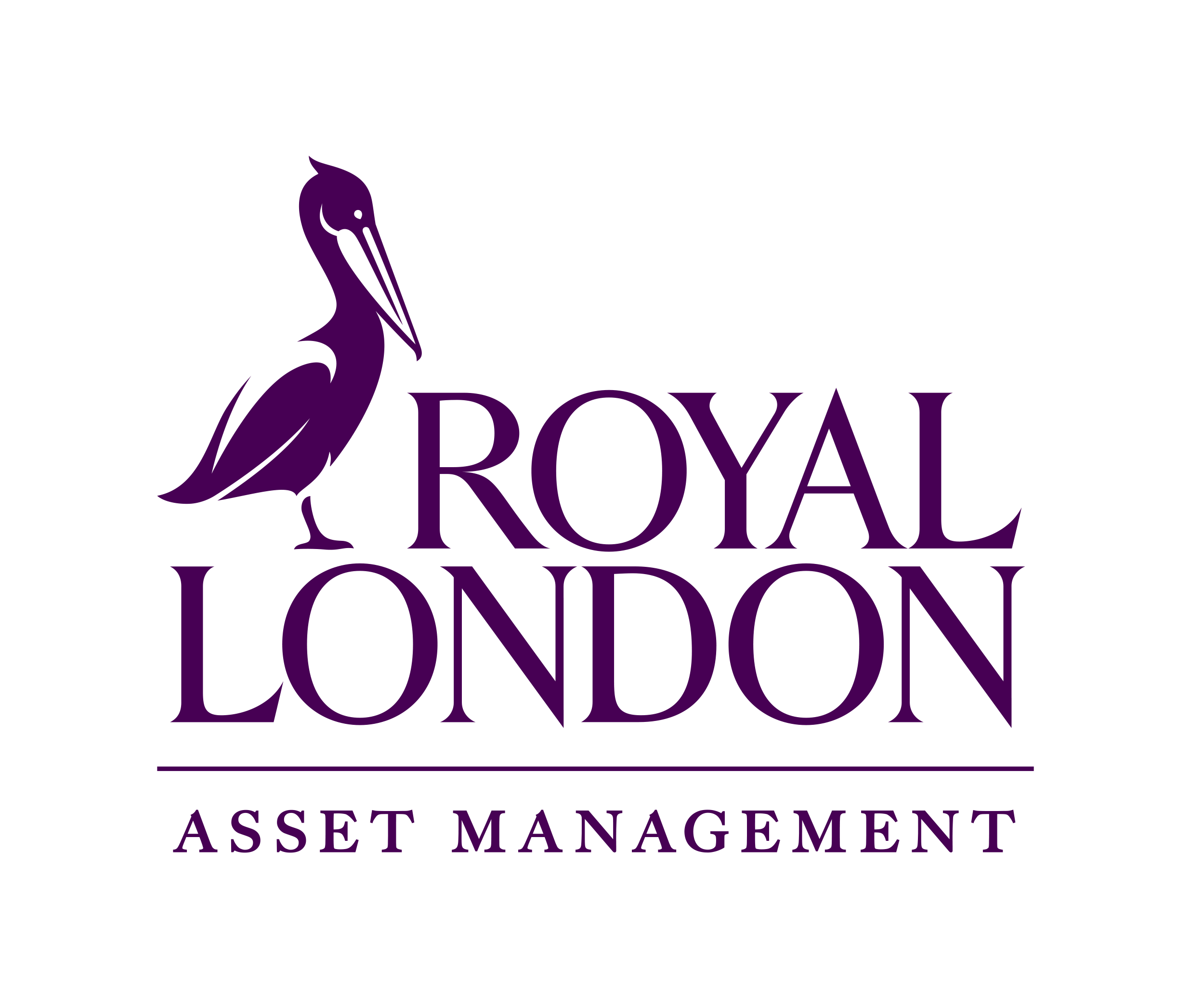February was a month where we saw spreads tighten to levels we haven’t seen since the inflation environment worsened, perversely in a month where the economic data made people pause on the belief that rates will get back to low levels quickly.
Key indicators
- The US 10-year treasury yield widened 34 basis points during the month to end at 4.25%.
- High yield bonds outpaced investment grade bonds. Global investment grade returned -1.12% and global high yield +0.45%.
- High yield spreads were 38bps tighter at 366bps, CCCs were 78bps tighter, single Bs 39bps tighter and BBs 23bps tighter.
- Investment grade spreads – tightened by 6bps to 108bps.
- The default rate ticked up by 0.1% to 2.8%, this breaks down as US 2.3% (-), EU 1.6% (+0.1%) and emerging markets 7.2% (+0.3%); the gap between smaller issuers and larger issuers widened again to 2.9% from 2.3% as the small cap default rate increased 0.5% to 4.3% whilst large cap default rates were down 0.1% to 1.4%.
Credit stories
We had a continuation of interesting credit stories around the globe.
Starting in the US – we had a news story that Charter Communications, the largest cable company in the US by subscribers, was considering a bid for smaller over-leveraged operator Altice USA. Altice USA, with an enterprise value almost wholly comprised of debt, has senior and subordinated debt and the latter had been trading at distressed levels of 45 cents. This traded up 15 points on the news before pulling back to settle in the mid 50s as Altice USA denied any bid had been made. We see the story as credible from a Charter perspective, doubling down on cable assets at relatively cheap valuations would make sense, especially as the deal could probably preserve Charter’s investment grade secured ratings (Altice USA is about 15% of the size of Charter). Charter’s recent higher-than-expected broadband losses and overall limited footprint overlap (excluding the New York City area) with Altice both favour a deal. Where we are more sceptical is that Altice USA’s beleaguered shareholders (who have seen their share price fall by 94% over the last three years) would be likely to accept a deal that would benefit debt holders at little benefit to them. With no imminent liquidity or maturity concerns we would think shareholders would try and gain some of the value by countering that Charter may be better buying some assets and allowing shareholders to then dictate at what price debt could be redeemed. As last month’s story on Dish showed, equity holders have powerful tools in a world where liquidity is abundant and debt covenants are loose. Stay tuned as we think this story is likely to get more interesting over the coming months.
Moving onto Panama, the dispute between copper miner First Quantum and the Panamanian government rumbles on, but both sides of the dispute turned to debt markets to take advantage of the tightening in spreads. The government successfully issued a $3.1bn bond, in three tranches: 2031, 2038 and 2057, at 7.5%, 8% and 7.875%. Which is amazing given the uncertain political backdrop with upcoming elections in May. First Quantum itself raised a combination of $1.6bn debt and $1.15bn in equity to extend its maturities and prepare for a longer running battle with the Panamanian government.
And ending with the UK, where we saw petrol station owner Motor Fuel Group come to the market to issue £800m of leveraged loans to finance the acquisition of assets bought from the over-leveraged supermarket, Morrisons. The rather rich price of the assets to our eyes was hard to justify for the buyer, increasing its leverage and making it a rather risky proposition in a sector that is likely to see much change as electric vehicles dramatically alter the landscape, but the price was explained by a common ownership of both companies. So, as ever in the world of credit, a salutary lesson that who owns your equity and their motivations is as important a consideration as the cashflows of your business.
This is a financial promotion and is not investment advice. Past performance is not a guide to future performance. The value of investments and any income from them may go down as well as up and is not guaranteed. Investors may not get back the amount invested. Portfolio characteristics and holdings are subject to change without notice. The views expressed are those of the author at the date of publication unless otherwise indicated, which are subject to change, and is not investment advice.

